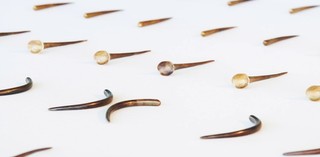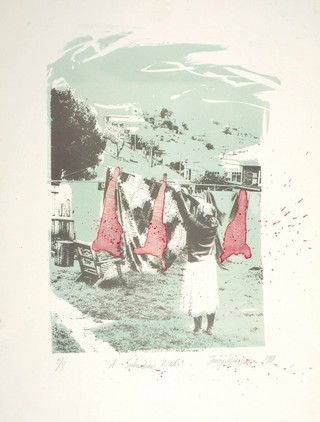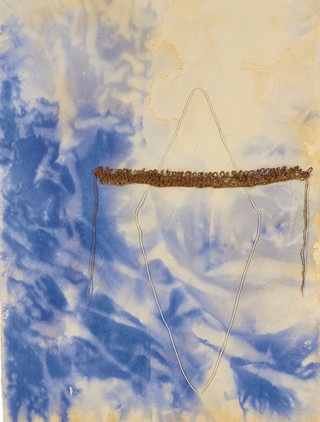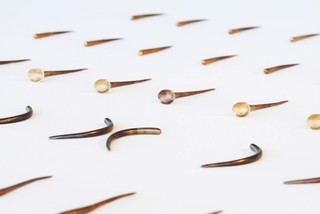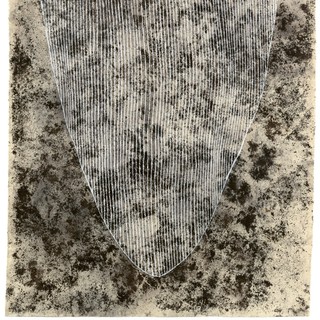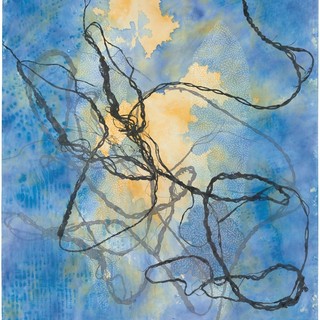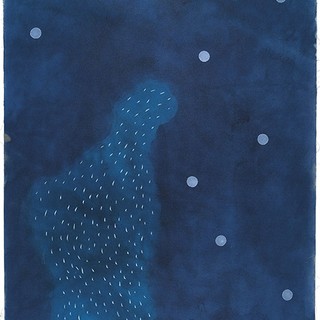
Judy Watson / Waanyi people / Australia b.1959 / grandmother’s song 2007 / Pigment and pastel on canvas / Purchased 2007 with funds from Margaret Greenidge through the Queensland Art Gallery Foundation and the Queensland Art Gallery Foundation Grant / Collection: Queensland Art Gallery | Gallery of Modern Art / © Judy Watson. Licensed by Viscopy, 2016 / View full image
cultural identity
A key thread presents Watson’s viewpoint and research-driven practice as an Aboriginal woman within a matrilineal line of strong matriarchs.


